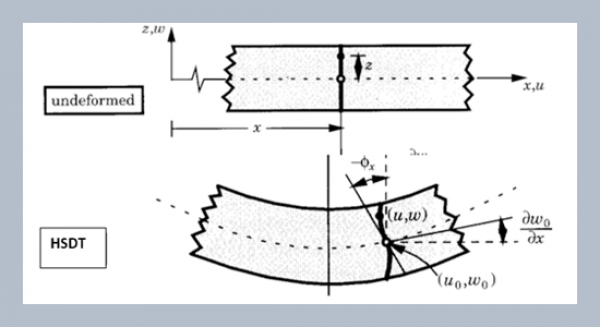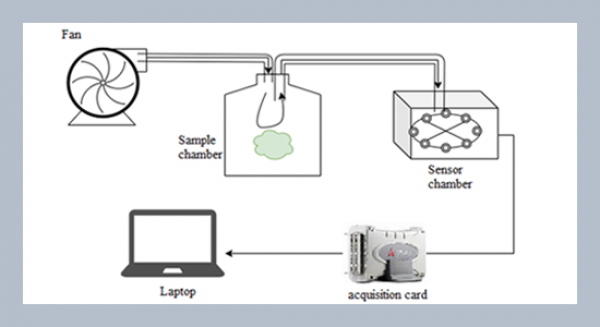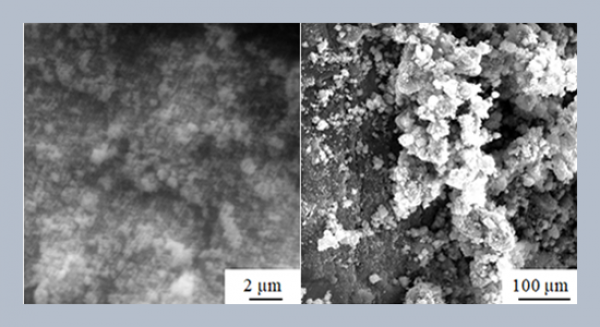Ch. V. Subbaraoa*, Madhavib, D. Appala Naidub, and P. Kingb aDepartment of Chemical Engineering, MVGR College of Engineering, Chintalavalasa, Vizianagaram, Andhra Pradesh, India
bDepartment of Chemical engineering, Andhra University, Visakhapatnam, A.P, India
Download Citation:
|
Download PDF
Efflux time measurements are carried out for draining water, a Newtonian liquid (below its bubble point) from a large open cylindrical tank under the action of gravity through an exit piping system. The mathematical models reported in the literature for Newtonian liquid are used for verifying the validity of experimental data. Further, to reduce the efflux time (i.e. to reduce drag), measurements are also carried out in the presence of water soluble drag reducing polythene oxide polymer solutions. The variables considered for both the cases (with and without polythene oxide polymer solutions) are diameter of storage vessel, initial height of liquid in the tank, length of the exit pipe, diameter of exit pipe and concentration of polymer. The experimental data suggested that as the diameter of exit pipe is increased, addition of polymer solutions do not have a significant impact on efflux time. This also suggests that effect of polymers is felt at the contraction point only.ABSTRACT
Keywords:
Cylindrical tank; exit pipe; efflux time; polymers; gravity driven.
Share this article with your colleagues
[1] Hart, P. W. and Sommerfeld, J. T. 1995. Expressions for gravity drainage of annular and Toroidal containers. Process Safety Progress, 14: 238-243.REFERENCES
[2] Sommerfeld, J. T. and Stallybrass, M. P. 1992. Elliptical Integral solutions for drainage of horizontal cylindrical vessels with piping friction. Industrial and Engineering Chemistry Research, 31: 743-746.
[3] Donald, D. J. and Barret, B. C. 2003. The tank draining problem revisited: Do these equations actually work. Canadian journal of Chemical Engineering, 81: 1052-1057.
[4] Subbarao, Ch. V., King, P., and Prasad, V. S. R. K. 2008. Effect of polymer additives on the dynamics of a fluid for once through system. International Journal of Fluid Mechanics Research, 35: 374-393.
[5] Bewersdorf, H. W., Gyr, S., and Tsinober, A. 1993. An investigation of possible mechanism of heterogeneous drag reduction in pipe channel flow. Rheological Acta, 32: 140-149.
[6] Peet, Y. and Sagaut, P. 2008. Turbulent drag reduction using sinusoidal riblets with triangular cross section. 38th AIAA Fluid Dynamics Conference and Exhibit, June 23-26 Seattle, WA.
[7] Sahlin, A., Johansson A. V., and Alfredsson H. 1988. The possibility of drag reduction by outer layer manipulators in turbulent boundary layer. Physics of Fluids, 31: 2814-2823.
[8] Alving, A. E. 1988. “Boundary layer relaxation from convex curvature”. Ph.D. Thesis Princeton Univ., NJ.
[9] Li, F. C., Kawaguchi, Y., Yu, B., Wei, J. J., and Hishida K. 2008. Experimental study of drag reduction mechanism for a dilute surfactant solution flow. International Journal of Heat and Mass Transfer, 51: 835-843.
[10] Paschkewitz, J. S., Dubief, Y. V. E. S., Dimitropoulos, C. D., Shaqfeh, E. S. G., and Moin, P. 2004. Numerical Simulation of turbulent drag reduction using rigid fibers. Journal of Fluid Mechanics, 518: 281-317.
[11] Subbarao, Ch. V., Divya, P., Appala Naidum, D., and King, P. 2013. Drag reduction by anionic surfactant solutions in gravity driven flow systems. Iranian Journal of Chemistry and Chemical Engineering, 32, (In press).
[12] Subbarao, Ch. V., Mallikarjuna Rao, K., King, P., Bhaskara Sarma, C., and Prasad, V. S. R. K. 2010. Drag reduction by polymer additions in once through systems. International journal of Fluid mechanics Research, 37: 391-405.
[13] Subbarao, Ch. V. 2011. Efflux time comparison between cylindrical and conical tanks through an exit pipe. International Journal of Applied Science and Engineering, 9: 33-41.
[14] Reddy, G. V. S. K. and Subbarao, Ch. V. 2011. Comparison of efflux times between cylindrical and spherical tanks through an exit pipe. International Journal of Applied Science and Engineering, 3: 61-68.
[15] Subbarao, Ch. V., Gopal Singh, P.V., Kishore, S., Bhaskara Sarma, C., and Prasad, V. S. R. K. 2011. Efflux time comparison for tanks of different geometries. International Journal of Fluid Mechanics Research, 38: 26-37.
[16] Kumar, G. S., Subbarao, Ch. V., and King, P. 2011. Efflux time for two exit pipe system. International Journal of Applied Science and Engineering, 9: 277-286.
[17] Reischman, M. M. and Tiederman, W. G. 1975. Laser doppler anemometer measurement in drag-reducing channel flows. Journal of Fluid Mechanics, 70: 369-392.
[18] Viachogiannis, M. and Hanratty, T. J. 2003. Influence of wavy structure and large scale polymer structures on drag reduction. Experiments in Fluids, 36: 685-700.
[19] Bonn, D., Amarouchene, Y., Wagner, C., Douady, S., and Cadot, O. 2005. Turbulent drag reduction by polymers. Journal of Physics: Condensed Matter, 17: S1195-1202.
[20] Den Toonder, J. M. J., Draad, A. A., Kuiken, G. D. C., and Nieuwstadt, F. T. M. 1995. Degradation effects of dilute polymer solutions on drag reduction. Applied Scientific Research, 55: 63-82.
[21] Subash, N. S, Kamel, A., and Zhou, Y. 2006. Drag reduction characteristics in straight and coiled tubing. Journal of Petroleum Science and Engineering, 53: 179-188.
[22] McCabe, W. L., Smith, J. C., and Harriot, P. 2001. “Unit operations of chemical engineering”. 7th editions, Mc.Graw Hill Publications, USA.
ARTICLE INFORMATION
Received:
2012-08-06
Revised:
2012-12-25
Accepted:
2013-01-02
Available Online:
2013-06-01
Subbarao, Ch.V., Madhavi, Naidu, D.A., King, P. 2013. Use of polymer solutions for drag reduction in gravity driven flow systems. International Journal of Applied Science and Engineering, 11, 159–169. https://doi.org/10.6703/IJASE.2013.11(2).159
Cite this article:















